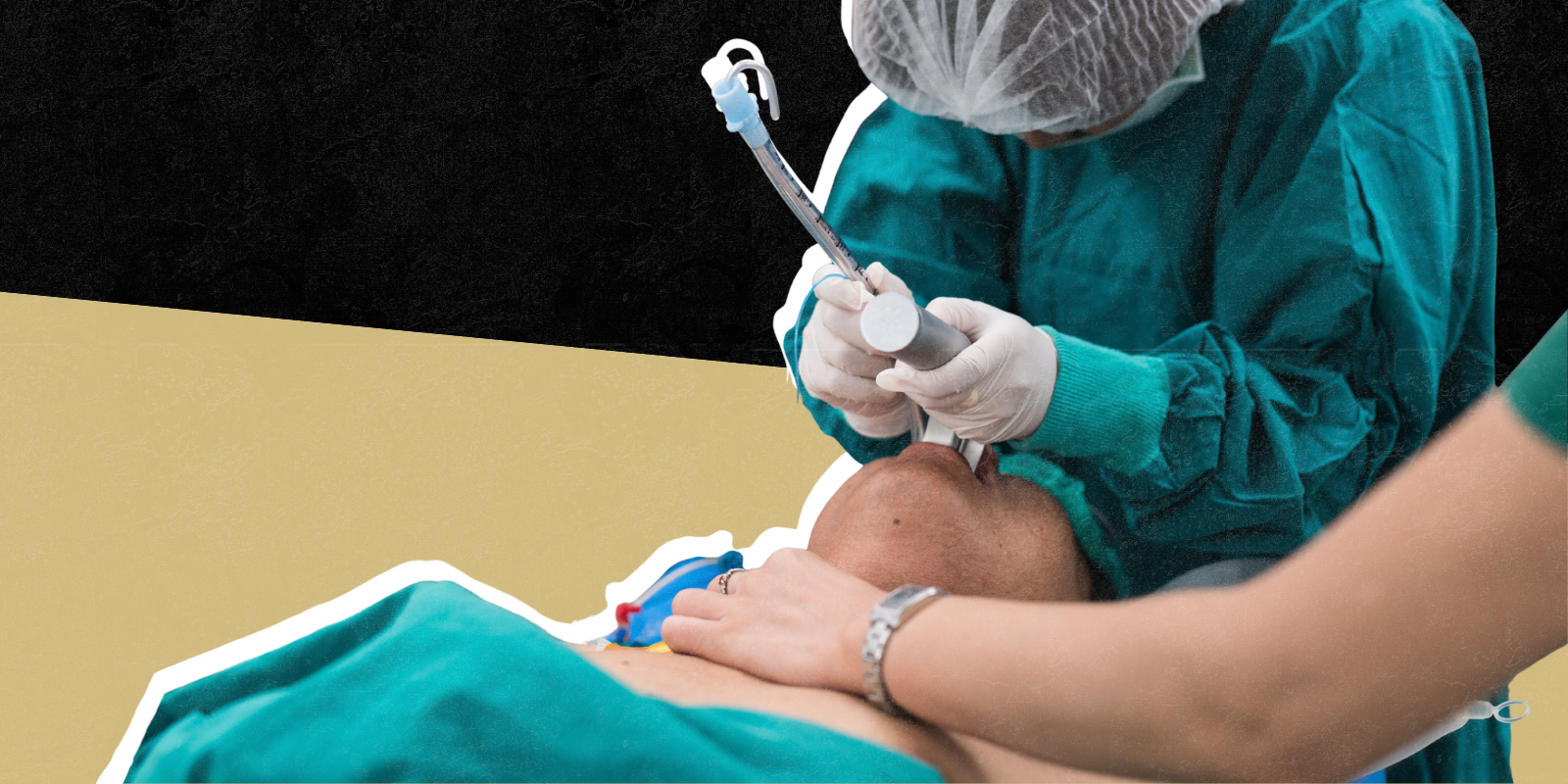At birth, ovaries in girls can contain about a million tiny structures called primordial follicles, each of which contains an egg cell. As girls grow and experience adulthood, most of these follicles will die while only one follicle will survive each month to ovulate a mature egg. When the loss of primordial follicles is nearly complete, and only hundreds remain, women reach menopause, a time when menstrual cycles have ceased for 12 months.
New research, which relies on a mathematical model developed by a University of Utah mathematician, indicates that it is possible to delay the onset of menopause, perhaps indefinitely, by implanting a woman’s own previously harvested ovarian tissue back into her body. This technique has been successfully used to restore fertility in cancer patients, according to Sean Lawley, PhD, University of Utah Associate Professor of Mathematics and co-author of a study published in the American Journal of Obstetrics and Gynecology, or AJOG.
This interdisciplinary work is a collaboration between Lawley, Joshua Johnson, PhD, an ovarian biologist at the University of Colorado School of Medicine at the CU Anschutz Medical Campus; Jay Emerson, professor of Statistics and Data Science at Yale University; and Kutluk Oktay, a prominent physician and ovarian biologist at Yale School of Medicine. In the late 1990s, Oktay developed ways to harvest ovarian tissue from young cancer patients, freeze it (“cryopreserve” it), and then reintroduce it after she has undergone cancer treatments that would have left her menopausal and infertile. This technique is referred to as “ovarian tissue cryopreservation.”
The technique has enabled hundreds of cancer survivors to conceive and have children. It is substantially different from the common procedure of freezing eggs, which is effective in helping older women conceive through in vitro fertilization, but has no impact on menopause.
How mathematical models answer otherwise unanswerable questions
“A lot of the interest behind delaying menopause is fertility, but a lot of it also comes from the idea that functioning ovaries are better for a woman's health,” Lawley said. “Menopause is associated with many health issues relating to cardiovascular disease, bone density, obesity, etc. Keeping ovaries functioning longer might delay or even prevent these health issues from starting.”
“If ovarian tissue can be frozen
under the age 30 years,
in theory, menopause can even
be eliminated in some cases."
Oktay wondered if the ovarian tissue cryopreservation procedure could be applied to healthy women to forestall menopause and its negative effects. “In the past few years, we’ve been developing mathematical models of how the ovaries age and what triggers menopause,” Lawley said. “It was extremely exciting when he [Oktay] contacted our group to see if our model could be used to help explore whether this procedure could be used to delay menopause.”
It turned out Lawley’s model helped a lot. The new AJOG study concluded that the procedures Oktay pioneered for cancer patients would be likely to delay menopause in healthy women under certain conditions. “We were faced with a number of important questions. The first is, will it work? Will it delay menopause and by how much?” Lawley said. “Next, how do you optimize the procedure? Are there age ranges that tissue should be removed? How does the number of follicles in a woman’s ovarian tissue influence how long the tissue will function?”
Calculator shows how long menopause can be delayed
The team developed ways to address these questions using mathematical modeling during the AJOG study. This included the development of an online calculator that indicates how many years a woman’s menopause would be delayed by the procedure according to modifications to four key data points: the fraction of ovarian cortex tissue that is removed and preserved; the percentage of primordial follicles that survive; the number of replacement procedures later in life; and the woman’s age at time the tissue is preserved.
Data in the paper and use of the online calculator show that all else being equal, the younger the woman is when the tissue is preserved, the longer her menopause would be delayed, from a median 19.4 years for a 21-year-old woman to 3.4 years for a 40-year-old. That’s assuming a single replacement where 25% of the cortex is removed and 80% of the follicles survive. Menopause would be further delayed if the tissue was not all returned in a single surgery, but instead was returned to the patient in fractions with multiple tissue replacements, each occurring just before the woman reached menopause.
“If ovarian tissue can be frozen under the age 30 years, in theory, menopause can even be eliminated in some cases,” the study said. “However, the feasibility and safety of delaying menopause beyond age 60 need to be carefully considered clinically evaluated.”
The mathematics of ovarian aging
Behind the new AJOG paper is an ongoing collaboration between Lawley and Johnson. The two are funded by the National Science Foundation to answer mathematical, biological, and clinical questions surrounding ovarian aging. Lawley and Johnson, along with University of Colorado School of Medicine colleagues Nanette Santoro, MD, and Mary Sammel, ScD, recently published a separate study in Science Advances that showed that the timing of menopause in individual women is related to random gaps in the supply of growing ovarian follicles over time.
“This study focused on events inside the ovary, and how the reserve of primordial follicles declines in different women. Patterns of primordial follicle loss in different women explain the ‘unpredictable timing’ of menopause and the earlier menopausal transition,” said Johnson, of the CU Department of Obstetrics and Gynecology. “Our approach also explains why growing follicles, and even ovulation have been detected after years of menopausal life.”
Johnson argues that understanding the causes of these events can help develop strategies to reduce symptoms of reproductive aging, and support further development of interventions like Oktay’s so that the symptoms and consequences of menopause are delayed or never arise.
It’s important to remember that mathematics has played a vital role in understanding ovarian aging generally and in the specific case of exploring the potential of freezing ovarian tissue for delaying menopause. Testing and validating Oktay’s procedures on healthy young women and then tracking their ovarian function for decades would be not feasible. Mathematical modeling allows predictions to be made about how ovaries will behave in different women under different circumstances, and to predict “best-” and “worst-case” outcomes.
“These are important questions and we want to help answer them,” Lawley said. “And there's this huge interest and demand in developing clinical procedures like this that hold the promise of improving the health of women. Mathematics is perhaps the only way to really get at some of these questions in the short term and help guide the first steps towards clinical interventions.”
Press release written by University of Utah Research Communication Specialist Brian Maffly

.png)
.png)

